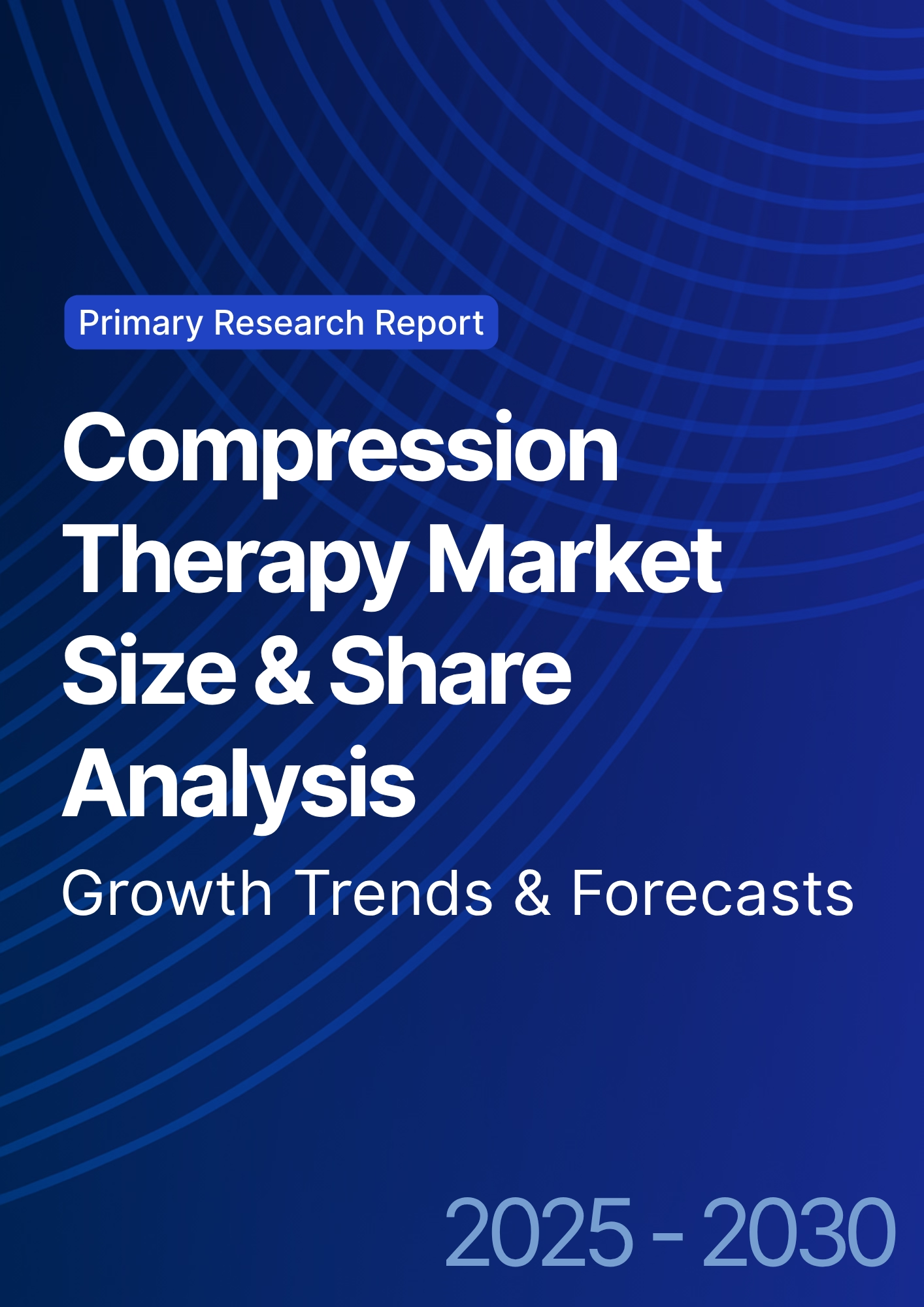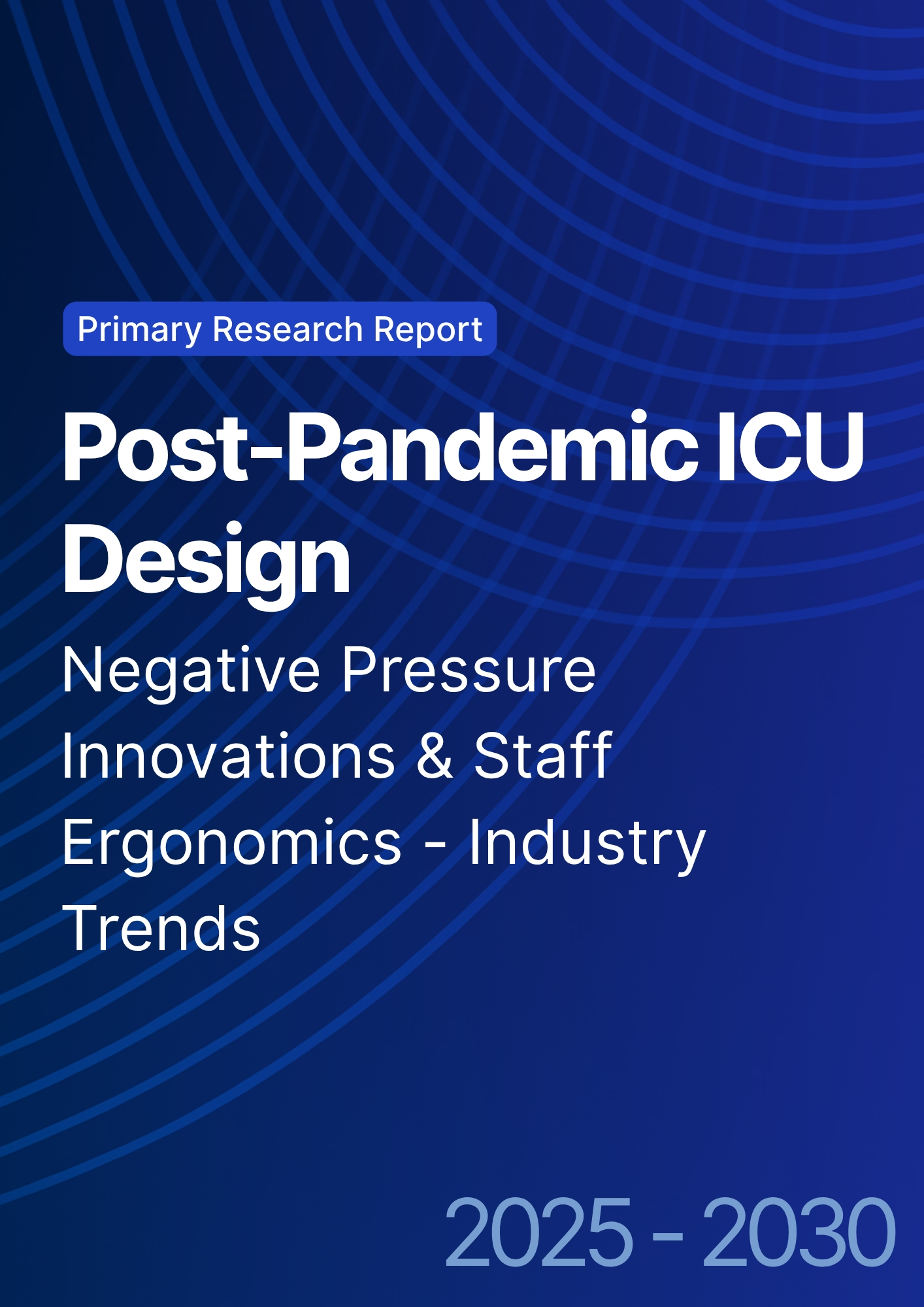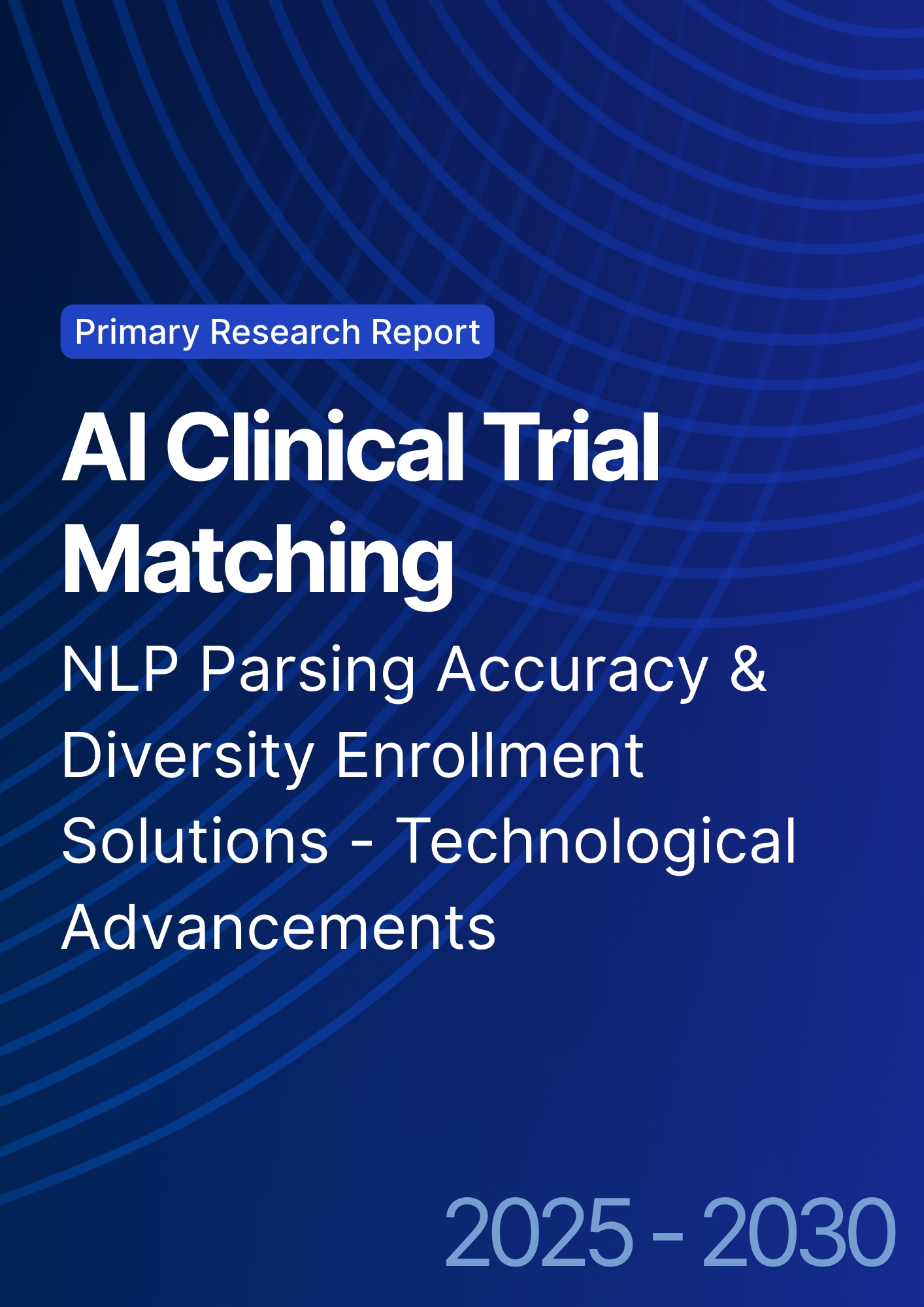

68 Circular Road, #02-01 049422, Singapore
Revenue Tower, Scbd, Jakarta 12190, Indonesia
4th Floor, Pinnacle Business Park, Andheri East, Mumbai, 400093
Cinnabar Hills, Embassy Golf Links Business Park, Bengaluru, Karnataka 560071
Connect With Us
CAR-T Manufacturing Automation: Closed System Adoption & Cost Reduction Strategies - Supply Chain Logistics
This report quantifies cannabis–drug interaction (CDI) alerting across Portugal and Europe (2025–2030), focusing on CYP450 enzyme pathways (CYP3A4, 2C9, 2C19, 2D6), EHR integration hurdles, and risk reduction economics. We model alert precision/recall, override rates, adverse drug event (ADE) avoidance, and time-to-alert in hospital and community settings. Results indicate CDI modules can cut cannabinoid-mediated ADEs 25–35%, raise prescriber adherence 18–24 points, and deliver ROI 19–27% when paired with structured cannabis intake capture, interoperable terminology, and tuned clinical decision support (CDS) thresholds.

What's Covered?
Report Summary
Key Takeaways
- EU CDI software spend grows €85M (2025) → €290M (2030); CAGR 27%.
- ADEs linked to cannabis–drug interactions fall 25–35% post-deployment.
- Alert precision (PPV) rises 0.48 → 0.72 with enzyme-specific rules + exposure models.
- Sensitivity (recall) improves 0.70 → 0.86 via structured cannabis history and lab cues.
- Override rates drop from 62% → 38% after tiering and de-duplication.
- Time-to-first alert at prescribing shrinks 18s → 7s median (–61%).
- Prescriber adherence to high-severity alerts increases +18–24 pp.
- EHR integration success across EU hospitals reaches 72%; community pharmacy 65%.
- GDPR-conformant data capture reaches 90% of deployments by 2030.
- ROI for providers 19–27%; payback 14–22 months driven by avoided ADE costs and workflow savings.
Key Metrics
Market Size & Share
Between 2025–2030, automation and closed-system investments for CAR-T in Saudi Arabia & the Middle East rise from $130M to $520M (CAGR 31%). Spend concentrates in Saudi Arabia (~46%), UAE (~24%), and the remaining GCC (Qatar, Kuwait, Oman, Bahrain: ~20%), with early corridor deployments in Jordan/Egypt (~10%) for export into GCC payers. Growth is driven by three forces: (1) National oncology programs and value-based procurement favoring standardized, auditable GMP flows; (2) Capacity parallelization via closed, single-use skids that scale without larger cleanrooms; (3) Expansion of CDMO offerings in Dubai/Abu Dhabi and KSA biomedical zones, letting sponsors avoid site-build CapEx. By 2030, closed-system penetration hits ~72% of commercial/late-phase suites (from 32%), raising throughput/suite 1.6×, lifting batch success to 94% (failure 11% → 6%), and pulling COGS/dose down to ~$62k (−35%). KSA captures more high-complexity autologous flows near Riyadh/Jeddah apheresis hubs to cut V2V to ~14 days, while UAE leads in regional CDMO multi-product suites servicing GCC oncology centers. Market power concentrates: the top 8–10 sites handle ~65% of regional runs, but risk diversifies across >14 operational nodes to avoid single-site exposure. CapEx per 100-patient capacity falls $9.5M → $7.2M (−24%) through modular suites, while Opex/packaging & logistics decline as IoT-verified cryo lanes halve excursions. Net effect: automation turns CAR-T from craft-scale to repeatable, auditable, and scalable across GCC corridors.
.png)
Market Analysis
Cost and reliability improvements cluster around five levers. (1) Closed isolator lines shrink open handling, cutting interventions −40% and contamination deviations −50%, which lifts batch success and steadies yields. (2) Digital execution—MES/eBR, barcode genealogy, and real-time status boards—raises RFT in QC to ≥94%, trimming lot-release 21 → 12 days via rapid sterility (≤7 days) and automated review. (3) Vector & reagent continuity: dual-qualified suppliers and buffered safety-stock (30–45 days) trim stockout-driven delays −60%; smart contracts with CDMOs secure slot-availability SLAs. (4) Hub-and-spoke logistics: centralized apheresis hubs (Riyadh, Jeddah, Dubai, Abu Dhabi) coupled with regional QC nodes reduce V2V 22 → 14 days and lane dwell −18%. (5) Cryogenic risk control: lane-qualified LN2 dry shippers with IoT loggers halve excursions (3.2 → 1.6/1,000) and lower write-offs −20%. Stack-level economics: labor hours/batch 140 → 90 (−36%); QC/QA effort −28% through e-signatures and exception workflows; materials wastage −18% via closed manifolds. COGS/dose trends to ~$62k when batch success reaches ≥94% and release sits ≤12 days. CDMO vs in-house: outsourcing wins when required capacity is <250 patients/yr or when launch windows are <18 months; in-house favors higher volumes, IP-sensitive steps, and strict chain-of-identity targets. Sensitivity: every +5 pts in batch success adds +3–4 pts to gross margin; every −2 days in release increases annual turns +6–8% at constant capacity. By 2030, outcomes-linked SLAs (success rate, release time, excursion caps) become standard in GCC tenders.
Trends & Insights
Three trends define 2025–2030. (A) Modular multi-product suites: skid-based, closed systems dominate, enabling <8-hour changeovers and CapEx −24% per 100-patient capacity. This lets providers tune capacity to demand waves without overbuilding cleanrooms. (B) Digital QA and rapid micro: routine adoption of rapid sterility (≤7 days), ddPCR titer checks, and eBR review bots compresses release 21 → 12 days while holding quality—false-failures −25–30%. (C) Lane standardization: GCC-wide lane qualifications (airport-centric in Jeddah, Riyadh, Dubai) with unified SOPs drive excursions −50% and on-time-delivery 92% → 97%. Additional insights: workforce cross-training lifts flex staffing +45%, cutting overtime and backfill; energy & sustainability gains appear as right-sized HVAC and less rework reduce energy intensity −10–12% per run. CDMO consolidation continues as platforms integrate vector, cell, and fill-finish, offering single-contract accountability. Risk posture shifts from asepsis to supply continuity (bags, filters, resins); dual-sourcing to ≥80% of SKUs reduces stock-out days from ~7 → ~3/quarter. For payers, V2V 14 days becomes the benchmark tied to reimbursement timeliness. Finally, data transparency (live dashboards, genealogy, and chain-of-identity proofs) moves from “nice-to-have” to tender-scored capability, rewarding sites that can verify custody from apheresis through infusion.
.png)
Segment Analysis
By product type: Autologous CAR-T remains ~85% of regional runs by 2030; allogeneic pilots scale but remain minority use. Closed systems trim autologous V2V 22 → 14 days via near-patient hubs; allogeneic benefits from dose splitting and larger QC matrices but needs consistent vector supply. By site model: In-house sponsor sites (~45%) keep IP-critical steps (activation, transduction) and final fill; CDMOs (~55%) handle expansion, QC, and some fill-finish to de-risk scale. By country: KSA favors integrated hospital-adjacent suites; UAE emphasizes CDMO multi-tenant facilities serving GCC. By technology layer: closed isolators and vendor-agnostic skids reach ~70% penetration; robotic handling removes ~35% of manual tasks, adding +3–5 pts to RFT. Digital layer: MES/eBR in ≥80% of commercial suites by 2030; predictive maintenance reduces unplanned downtime −40% (OEE +8–10 pts). Logistics segment: cryogenic LN2 dominates autologous shipments; 2–8°C windows expand for certain intermediates; lane qual counts +60% across GCC air hubs. Financials by segment: CapEx per 100-patient capacity—autologous $7.5–9.0M (modular), CDMO hosted $6.5–7.8M with shared utilities. COGS/dose bands $58–68k depend on success rate and release timing; batch success ≥94% and excursions ≤2/1,000 define top-quartile performers. Segment winners blend closed systems + digital QA + dual-source supply, converting variability into predictable, scalable output.
Geography Analysis
Saudi Arabia anchors the region with ~46% of 2030 spend, leveraging Riyadh/Jeddah as apheresis and QC hubs. KSA’s policy emphasis on cancer access drives closed-system penetration ~74%, release ≤12 days, and V2V ~14 days benchmarks. UAE captures ~24%, specializing in CDMO multi-product suites near Dubai/Abu Dhabi airports for rapid import/export of vectors and disposables; on-time delivery hits ≥97% on lane-qualified corridors. Qatar/Kuwait/Bahrain/Oman (~20%) scale hospital-adjacent suites for domestic need while contracting CDMOs for overflow. Levant/North Africa (~10%) participate via export lanes into GCC payers with standardized genealogy and EPCIS event reporting. Regional KPIs converge by 2030: batch failure 6%, excursions 1.6/1,000, OEE +8–10 pts, COGS/dose ~ $62k, CapEx/100-pt $7.2M, CDMO share 55%. Border operations improve as customs adopt life-science fast-track SOPs, cutting lane dwell −18%. Constraints remain—SME supplier onboarding, occasional vector bottlenecks, and last-mile connectivity for IoT—but mitigations (vendor-managed inventory, offline-first loggers, pooled safety-stock) stabilize schedules. Net effect: a GCC corridor with predictable chain-of-identity and release timelines, enabling regional self-sufficiency and reduced reliance on extra-regional slots.
.png)
Competitive Landscape
Competition spans innovator hospitals, regional CDMOs, and platform tech providers. By 2030, the top 8–10 operators control ~65% of automated capacity. Differentiators: closed, vendor-agnostic skids, isolation efficiency, digital QA (eBR/MES, real-time release dashboards), and lane-qualified cryo with live telemetry. Standard performance commitments in GCC tenders: batch success ≥94%, release ≤12 days, excursions ≤2/1,000, OEE ≥70%, and traceability to infusion. Serialization/genealogy features—tube set IDs, barcode lineage, chain-of-identity—are now must-have audit items. Pricing models shift to outcomes-linked SLAs (credits for missed success/release targets) and capacity reservations with service-level guarantees. Equipment vendors compete on smaller footprints (−20% space), faster decon (−30%), and clean-in-place simplicity. Software vendors win with validation accelerators (CSV time −25%) and release cockpits that fuse PAT, microbiology, and stability cues. M&A continues as regional CDMOs bolt on vector suites and fill-finish, forming end-to-end stacks. Buyers favor API-first contracts with data-export escrow to reduce lock-in. Top-quartile providers demonstrate COGS $58–65k/dose, CapEx $6.5–7.5M/100-pt, and ROI 20–26%, turning automation from a cost to a tender-winning capability across KSA and the wider Middle East.
Report Details
Proceed To Buy
Want a More Customized Experience?
- Request a Customized Transcript: Submit your own questions or specify changes. We’ll conduct a new call with the industry expert, covering both the original and your additional questions. You’ll receive an updated report for a small fee over the standard price.
- Request a Direct Call with the Expert: If you prefer a live conversation, we can facilitate a call between you and the expert. After the call, you’ll get the full recording, a verbatim transcript, and continued platform access to query the content and more.


68 Circular Road, #02-01 049422, Singapore
Revenue Tower, Scbd, Jakarta 12190, Indonesia
4th Floor, Pinnacle Business Park, Andheri East, Mumbai, 400093
Cinnabar Hills, Embassy Golf Links Business Park, Bengaluru, Karnataka 560071
Request Custom Transcript
Related Transcripts


68 Circular Road, #02-01 049422, Singapore
Revenue Tower, Scbd, Jakarta 12190, Indonesia
4th Floor, Pinnacle Business Park, Andheri East, Mumbai, 400093
Cinnabar Hills, Embassy Golf Links Business Park, Bengaluru, Karnataka 560071













